By Preeti Kumari
Paintings are a reflection of one’s tradition, culture, and religion and act as a mean to transfer values from one generation to another.
We all have been to drawing or painting classes as children but only a few have retained the teachings received. And fewer have retained the knowledge of the folk art of India. However, being one of them I can’t put all the blame on the poor kids now, can I? As it is, it takes two to tango.
So let’s peek into our rich heritage and savor the flavor of India.
Here I present you a list of Indian paintings which continue to tell stories of ancient India since time immemorial:
Madhubani painting – Originated to accentuate the beauty of Rama and Sita’s vivah, Madhubani is a style of Indian painting, practiced in the Mithila region of Bihar. It was traditionally done by women of villages on the walls of their hut. But now it is present on canvas to bangles (go ask your mother, you might actually find it in her vanity).
The inspiration for the painting ranges from Hindu deities to our mother nature. This is something we need to learn from our culture- caring for our nature. These paintings are a way of celebration as they are donned on the walls during weddings. Though what amazes me is that their idea of celebration revolves mostly around wedding- poor kids!
Patachitra painting– The cloth painting of Orissa – acts as a symbol of the devotion of the people of Orissa for Lord Jagannath. They are the only paintings that replace the idols of Gods and are regarded with the same reverence.
Anasar Patti made by traditional chitrakaras of Orissa, are three paintings, of Lord Jagannath (a form of Krishna), Lord Balabhadra and Maa Subhadra, in the colours black, white and yellow respectively, which are worshipped when the deities become sick for 15 days, after having a ritualistic bath to fight the heat of summer. Now that’s ironical…even Gods fall ill.
Most of the themes of Patachitra are mystical stories from Ramayana and Mahabharata. (Hmm, I think that’s the reason of having numerous versions of the epics. Different places- different stories, but one thing is common- they all believe in self propagation by highlighting their significance.) Also it has a distinctive style of painting the gods and goddesses not in naturalistic colours but according to certain conventions.
Pithora paintings trail back long into history and find their roots in the cave paintings. It is a tradition of the Rathwa community, who live in the region bordering Gujarat and Madhya Pradesh states of India. Pithora paintings have many connotations. Some believe the painting as an idea of a map- a map full of codes- to ensure that the area remains mysterious and their livelihood stays safe. Oh, these paintings are so mysterious you never know what the story behind it is (Number of mouths = number of stories). There are stories of tantriks fulfilling wishes too (Hmm, wonder if this is the source of inspiration for followers of Nirmal Baba???)
Warli art, done by artists of the Western Ghats of Maharashtra, resemble pre-historic cave painting and usually depict scenes of human figures engaged in activities like hunting, dancing, sowing and harvesting. This distinct feature – depicting daily activities instead of mythological stories- makes Warli painting one of a kind. Now, those who are interested in the real world rather than weaving stories in their fantasy world, are definitely scarce and should be added to the list of endangered species.
Miniature paintings: These are delicate handmade paintings, much smaller in size than the normal paintings. The most common theme of Indian miniature painting is the Ragas i.e. the melodies of Indian classical music. Miniature painting is an ancient art in India and there were many schools of the same, including those of the Rajputs, Deccans, and the Mughals.
There are many like the Tanjore paintings, Kalighat paintings, Mysore paintings, Phad paintings. Now, these are for you to read and learn about.
Do share your views and stories about your own tryst with paintings.


























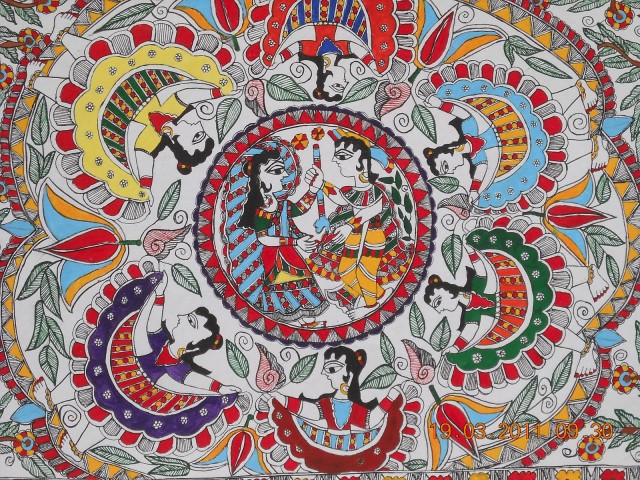
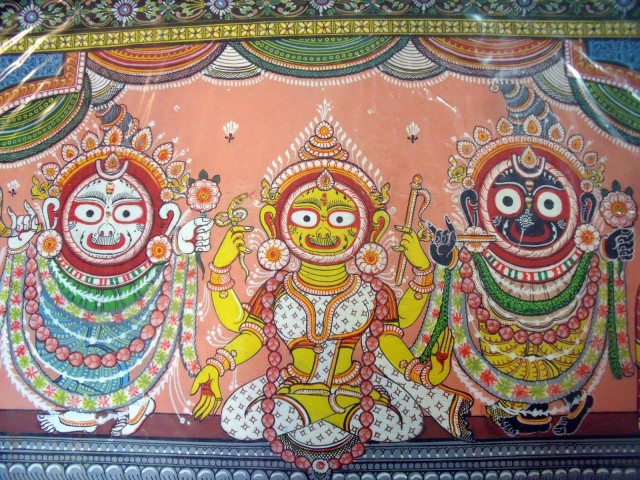

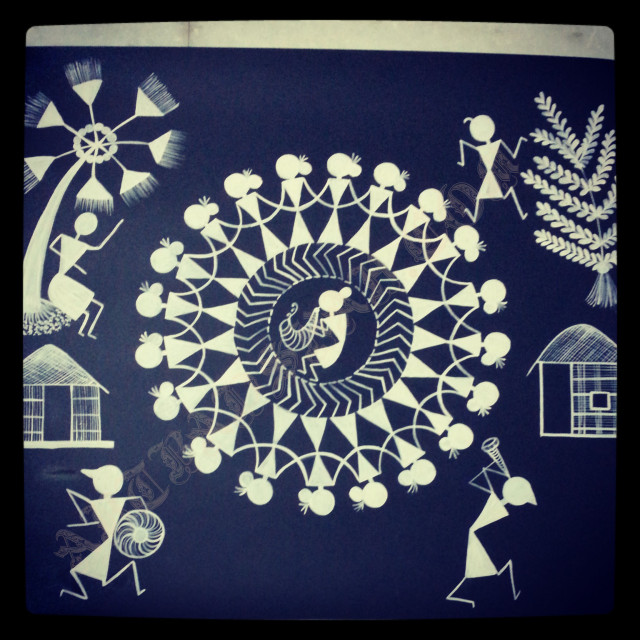
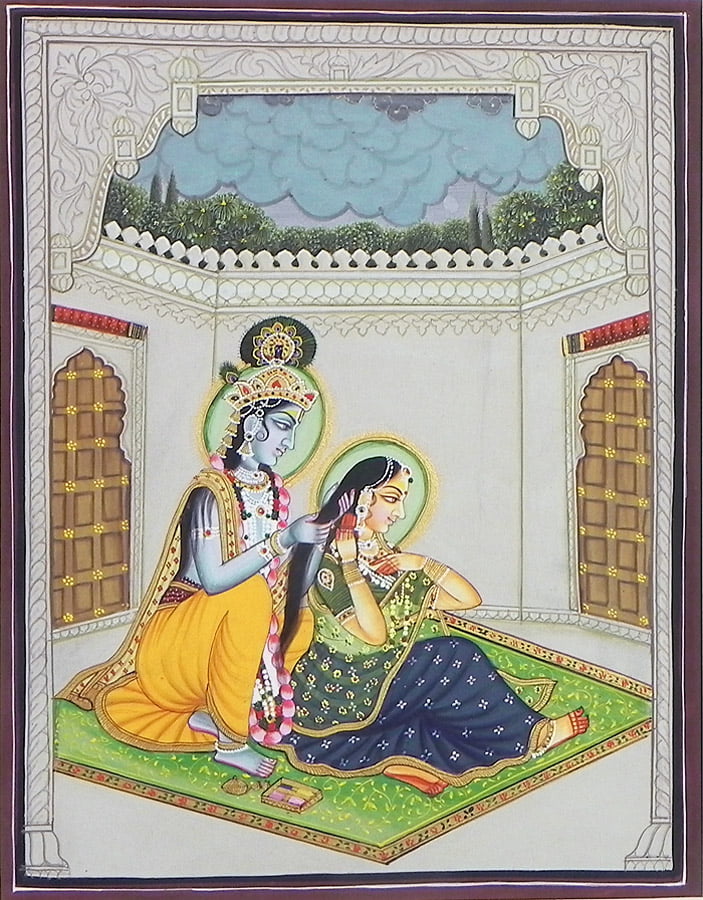
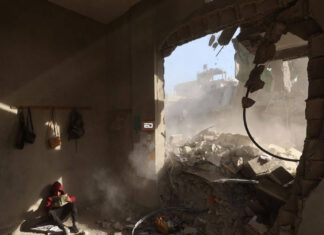







Quite an interesting post. Of all of the said, my favourite is the Warli Art style.